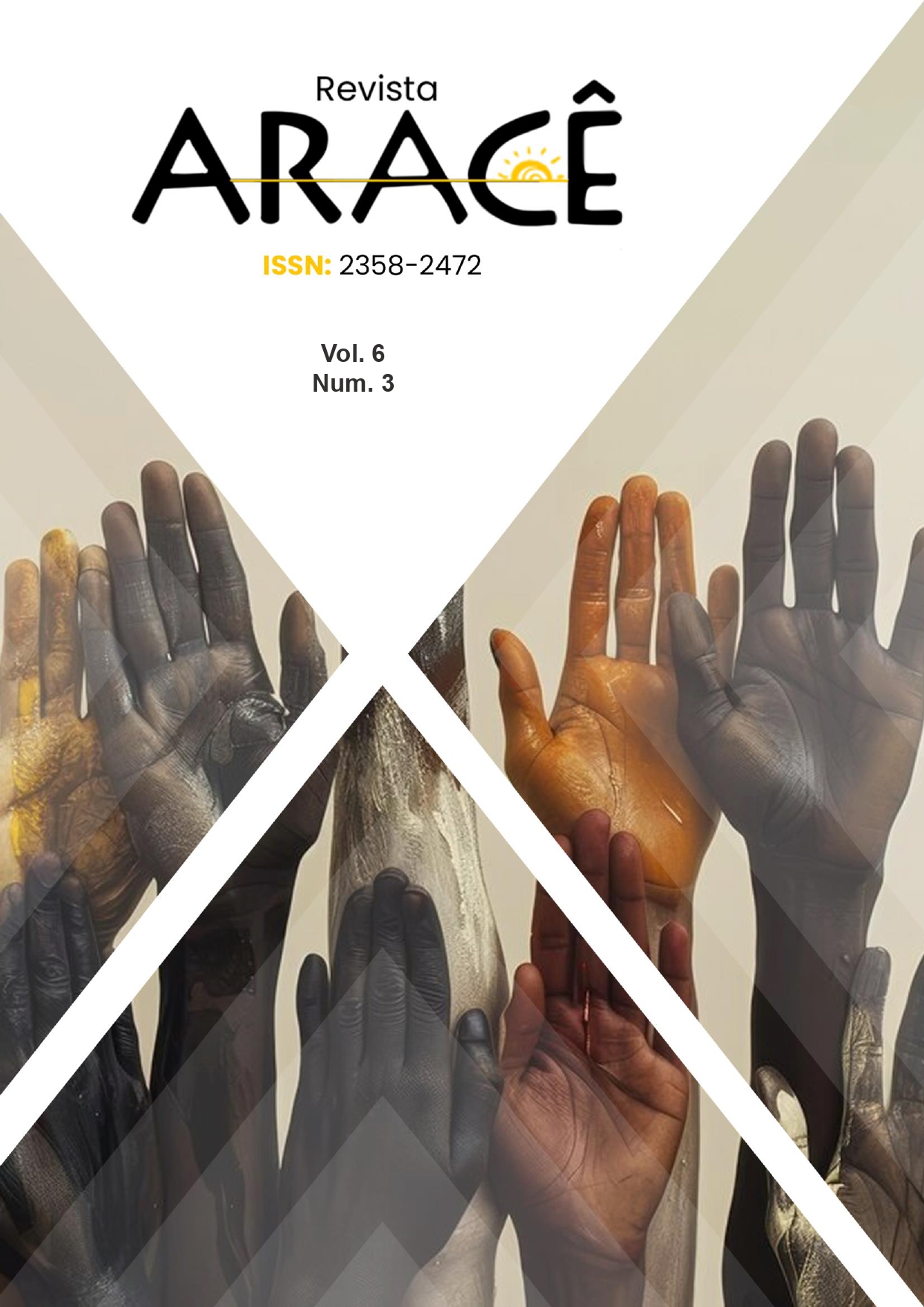DESENVOLVIMENTO DE MUDAS DE MAMÃO EM DIFERENTES TAMANHOS DE RECIPIENTES APÓS O PERÍODO IDEAL DE PLANTIO
DOI:
https://doi.org/10.56238/arev6n3-281Palavras-chave:
Sacolas, Tubetes, PlantaResumo
A escolha do método de produção e tamanho da sacola a ser utilizada, é determinante para produção de mudas de qualidade e de custo acessível para o produtor, devendo este procurar a sacola ideal e o método que melhor se adapte às condições locais. Objetivou-se avaliar o efeito de diferentes tamanhos de recipientes na manutenção de mudas de mamão no viveiro após o período normal do plantio. Foi utilizado sementes de mamão da cultivar formosa, semeando-se uma semente por tubete de 200 mL, substrato solo + areia + húmus (2:1:1). Após 60 dias do início da emergência, as mudas foram transplantadas para as sacolas dos tamanhos: 15x15 cm; 15x20 cm; 15x25 cm; 15x30 cm; 15x35 cm. Após 90 dias do transplantio, foram avaliadas as variáveis: altura da planta; número de folhas, diâmetro do coleto, comprimento da raiz; massa verde e seca das folhas; massa verde e seca da raiz. A sacola 15x30 cm apresentou os melhores resultados na avaliação da parte aérea, porém, na avaliação da produção de massa verde e seca das folhas, o tratamento sacola de 15 x 25 cm obteve o melhor resultado. A sacola de tamanho 15 x 25 cm foi considerada como melhor tamanho de recipiente na manutenção de mudas de mamão no viveiro.





